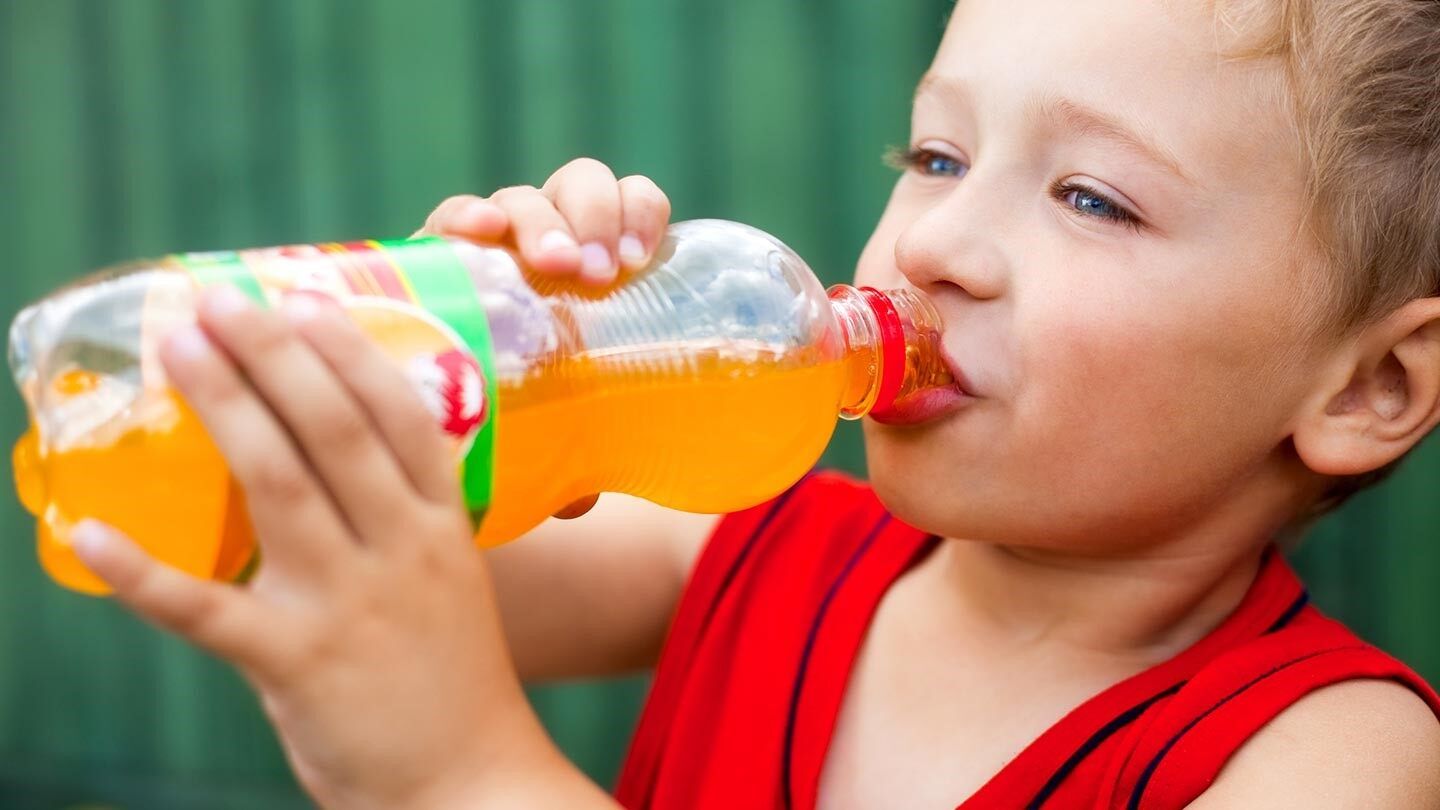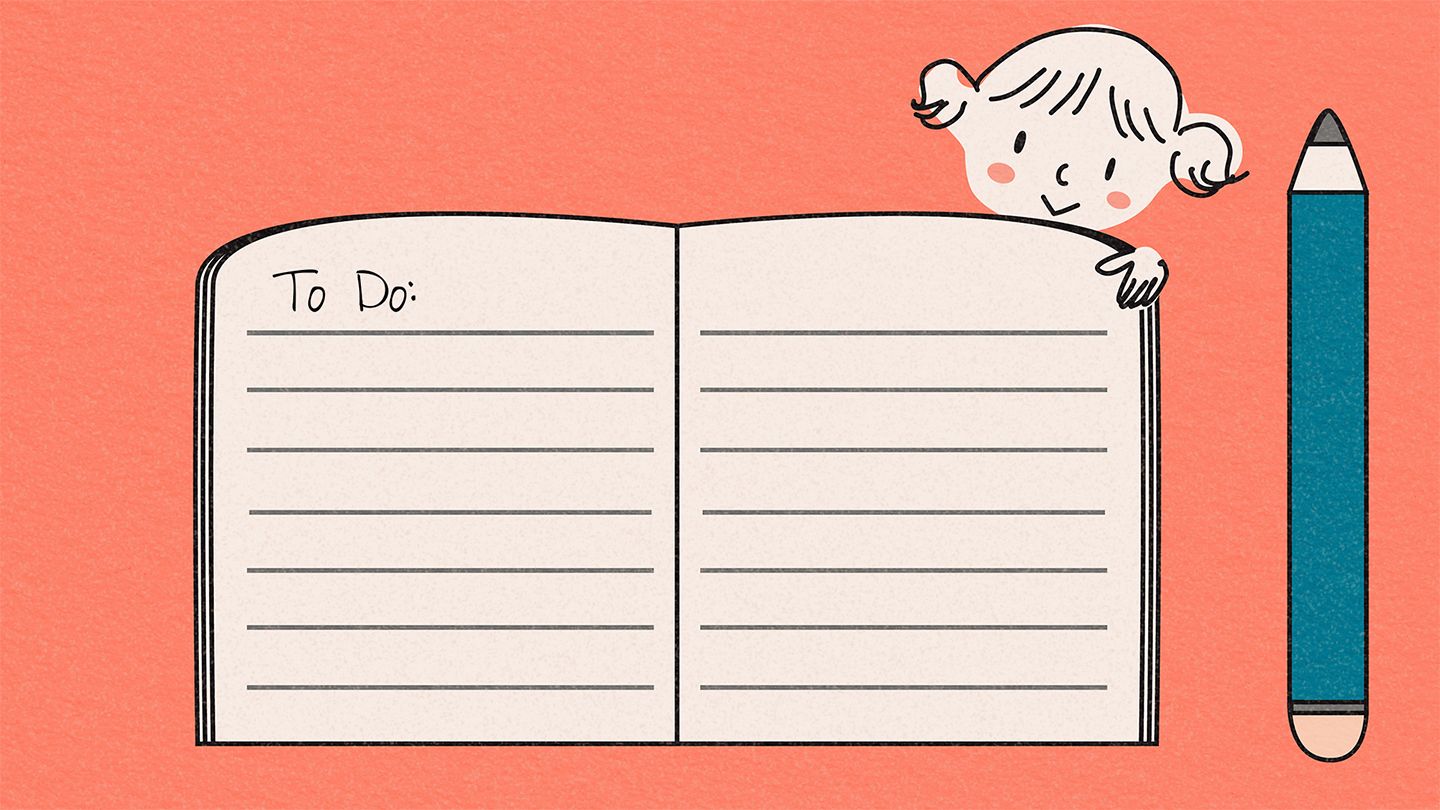If you're wondering whether medication will actually help your child focus, the short answer is yes for most kids it does, but only if you choose the right drug, dose, and monitoring plan. Below you'll get the quick facts, the pros & cons, and practical steps to take the guesswork out of the equation.
Quick Cheat Sheet
Do ADHD meds work for kids? 7080% see reduced symptoms according to the CDC.
Are they safe? Most sideeffects are mild (appetite loss, sleep issues) and reversible (Harvard Health).
When to start? Typically age6+; under 6, behavior therapy first (CDC).
Stimulant vs. nonstimulant? Stimulants are firstline; nonstimulants for intolerance or specific concerns (Child Mind Institute).
Scroll down for the details you'll need to talk to your pediatrician.
How Meds Work
Basic Mechanism
ADHD meds mainly boost two brain chemicals dopamine and norepinephrine. Think of them as the "focus fuel" that helps the brain stay on task. When levels rise, the ability to pay attention, control impulses, and sit still usually improves.
Why "Stimulant" Doesn't Mean "Hyper"
Even though they're called stimulant ADHD meds, they don't make kids more jittery. Instead, they calm the "noise" in the brain, letting the signal (focus) come through louder. Cleveland Clinic explains this paradox clearly: the meds help the brain work more efficiently, not louder.
Neurotransmitter Summary
| Neurotransmitter | Effect on ADHD | Example Meds |
|---|---|---|
| dopamine | Improves attention, reward perception | Methylphenidate, Amphetamine |
| norepinephrine | Increases focus, reduces impulsivity | Atomoxetine, Guanfacine |
Medication Types
Stimulant ADHD Meds
These are the most commonly prescribed ADHD medication kids use. They come in shortacting, intermediate, and longacting forms.
Methylphenidate Family
- Ritalin shortacting, taken 23 times daily.
- Concerta oncedaily, extendedrelease.
- Focalin slightly shorter release than Concerta.
- Daytrana patch skinapplied, great for kids who hate pills.
- Quillivant XR liquid formulation for younger children.
Amphetamine Family
- Adderall mixed amphetamine salts, available in IR and XR.
- Vyvanse prodrug (needs to be metabolized), smoother onset.
- Dexedrine shortacting, often used in school settings.
- Mydayis ultralong acting, covers a whole school day.
NonStimulant ADHD Meds
When a child can't tolerate stimulants, or has heart concerns, doctors turn to nonstimulant options.
Key NonStimulants
- Atomoxetine (Strattera) works on norepinephrine, takes a few weeks to kick in.
- Guanfacine (Intuniv) originally for high blood pressure, now approved for ADHD.
- Clonidine (Kapvay) often combined with stimulants to smooth out sideeffects.
When to Consider NonStimulants
If your child has a history of tics, anxiety, or cardiac issues, nonstimulant ADHD meds are a solid fallback (Child Mind Institute).
Dosage Basics
Start Low, Go Slow
The "titration principle" means beginning with the smallest possible dose and increasing gradually until you find the sweet spot. This approach minimizes sideeffects while letting you see the true benefit.
AgeSpecific Ranges
Below is a quick reference for typical starting doses. Your doctor will adjust based on weight, response, and tolerability.
Sample Dosage Chart
| Age | Weight (kg) | Typical Starting Dose | Max Dose | Formulation |
|---|---|---|---|---|
| 68 | 2030 | 5mg once or twice daily | 20mg/day | Methylphenidate IR |
| 912 | 3145 | 10mg once daily | 40mg/day | Concerta |
| 1317 | 4670 | 1015mg once daily | 60mg/day | Vyvanse |
Monitoring & FollowUp
Doctors usually check growth, heart rate, and blood pressure every 36 months. A simple growth chart from the CDC can help you track any changes.
Benefits vs. Risks
Proven Benefits
- Better classroom performance studies show a 3040% boost in test scores (Harvard Health).
- Improved family dynamics less daily conflict often leads to a calmer home.
- Higher selfesteem kids who can finish tasks feel more competent.
Common ADHD Side Effects
The most frequent ADHD side effects are mild and manageable:
- Appetite suppression
- Difficulty falling asleep
- Temporary mood swings
Rare but Serious Concerns
Heartrelated issues are very rare, but a pretreatment cardiac screen is standard (Cleveland Clinic). Misuse potential exists; keep medication secure and discuss any concerns openly with your child's doctor.
SideEffect Management Checklist
| Issue | Quick Tip | When to Call Doctor |
|---|---|---|
| Loss of appetite | Offer a hearty breakfast before dose | Weight loss >5% |
| Sleep trouble | Switch to morningonly or longeracting formulation | More than 2hrs awake after bedtime |
| Mood swings | Reduce dose or try a nonstimulant | Persistent irritability |
| Tics | Consider guanfacine or clonidine | New or worsening tics |
Choosing the Right Medication
Ask Yourself
- Does my child have any heart concerns?
- Are tics present?
- Can my child swallow pills, or would a patch/liquid be easier?
Decision Flowchart
1 Start with a shortacting stimulant.
2 If symptoms improve and sideeffects are tolerable stay or move to a longeracting version.
3 If sideeffects are problematic switch to another stimulant or try a nonstimulant.
4 Reevaluate every few weeks with your doctor.
RealWorld Stories (Experience)
Case A: Emma, 7, loved the focus boost from Ritalin but lost her lunch appetite. Her pediatrician changed her to Concerta and added a midday snack. Within two weeks her weight stabilized and school grades rose.
Case B: Liam, 9, developed mild tics on Adderall. Switching to guanfacine (a nonstimulant) quieted the tics without losing the concentration gains. His teacher reported "steady improvement" in reading comprehension.
Bottom Line & Next Steps
ADHD meds are effective for most children, but the right choice hinges on age, health history, and how your child tolerates the medication. Begin with a low dose, monitor closely, and keep an open line with your pediatrician or child psychiatrist. Remember, you're not alonemany families have walked this path, finetuned dosages, and found a balance that lets their kids thrive.
Ready to take the next step? Download our free medicationtracker, schedule a medicationreview appointment, and join our community forum to share experiences. All the information here is backed by reputable sources like Harvard Health, the CDC, and leading childmentalhealth clinics, so you can feel confident making the best decision for your child.
FAQs
What are the most common ADHD medications for kids?
Stimulants such as methylphenidate (Ritalin®, Concerta®) and amphetamine mixes (Adderall®, Vyvanse®) are first‑line; non‑stimulants like atomoxetine, guanfacine, and clonidine are used when stimulants aren’t tolerated.
How is the right dose determined for a child?
Doctors start with the lowest possible dose based on age and weight, then increase gradually (“start low, go slow”) while monitoring response and side‑effects until the optimal balance is found.
Are ADHD meds safe for long‑term use in children?
Most side‑effects are mild and reversible (appetite loss, sleep difficulty). Regular check‑ups every 3‑6 months monitor growth, blood pressure, and heart rate to ensure safety.
When should a non‑stimulant be considered?
If the child has heart concerns, tics, anxiety, or cannot tolerate stimulant side‑effects, a non‑stimulant such as atomoxetine, guanfacine, or clonidine may be prescribed.
What can parents do to manage common side‑effects?
Provide a nutritious breakfast before dosing for appetite loss, give the medication earlier in the day for sleep issues, and adjust the dose or switch formulations if mood swings or tics appear.
Disclaimer: This article is for informational purposes only and does not constitute medical advice. Always consult with a healthcare professional before starting any new treatment regimen.
Related Coverage
This article explores whether the popular sports drink Gatorade contains concerning levels of toxic mercury. Learn about Gatorade's ingredients, manufacturing process and how to minimize mercury exposure....
Wondering how fast Adderall starts working? Learn timelines for IR and XR Adderall onset and duration, plus tips to optimize effectiveness and avoid crashing....
Understand how immediate and extended release methylphenidate formulations differ in onset and duration of ADHD symptom control from 4 hour tablets to 12 hour capsules....
Knowing when to replace bras is important for support and comfort. Signs it's time for a new bra include visible wear and tear, lack of support, size change, discomfort....
Hyperfixation and depression often intersect; discover signs of crashes, practical guardrails, and steps toward balanced well‑being....
Online ADHD assessment and medication management provides a convenient way for busy adults to get diagnosed and access prescription stimulants like Adderall and Vyvanse....
If struggling with focus, impulsivity or hyperactivity, meet with a skilled ADHD psychiatrist in Philadelphia for evaluation, testing, medications, therapies and coping strategies....
If your child exhibits hyperactive behaviors, stay patient. Create a soothing environment, identify triggers, seek professional help if needed, and focus on compassionate support....
Children with ADHD can thrive in school with support at home and accommodations in the classroom. Learn effective strategies to help with focus, organization, homework, and more....
Facing Adderall shortages? Consider affordable generic Dexedrine options like dextroamphetamine sulfate for comparable ADHD symptom relief at lower cost....








